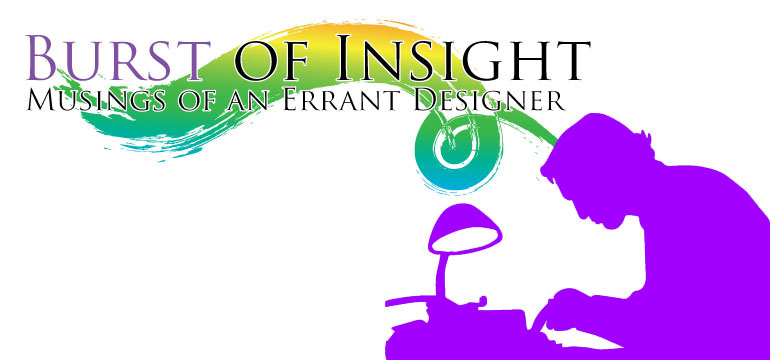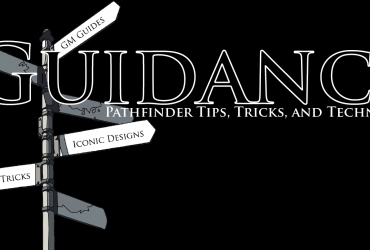This week I’d like to talk, not so much about Pathfinder, but about gaming in unusual circumstances. More specifically creating games for non-gamers.
For my day job I work in retail management. About three months ago I was informed that September was going to be my turn to run a month-long employee engagement activity. “You make games, we expect something really cool.” So I had two months to come up with something, “really cool,” that would engage the staff. Yeah, no pressure.
Since I work for a company with an interest in health and wellness, I opted to go for a disease theme. I knew I’d be drawing inspiration from both Pandemic and its digital inverse Plague, Inc. but beyond the theme, I wasn’t sure how I’d handle gameplay.
Since these activities just get posted up near the time clock, it would have to be fairly simple but everyone was expecting something more interesting than just the previous “Riddle of the Week” or “Name the Flag.”
Trivia questions or riddles would be a great resolution mechanic but I also wanted to tie the game to a measurable company engagement initiative. The company provides recognition cards management and staff can fill out for one another. Unfortunately, these cards are often a neglected resource.
For example: through August our store had only filled out and posted 22 cards. There had certainly been more than 22 times employees had acted in a way worthy of recognition but for a number of reasons cards were never filled out. So I really wanted to add these recognition cards to the mechanics.
In the end, I decided to post three fictional diseases: A Zombie Plague with Zombie Themed Questions. The Andromeda Strain Plague Which featured mostly Literature to Film Questions and a Weaponized Bird Flu created by SPECTRE, which featured spy movie questions and general real world health questions.
Like Pandemic I decided that the game would be a cooperative game of curing diseases. Every time the staff filled out 3 recognition cards we would add a research station (in this way I could also play along). The number of these research stations would then change improve the effectiveness of correct answers in curing each disease.
As the game began I had to explain the rules a few times but the buy-in was immediate and by the end of the month our 22 recognition cards had increased to 46 posted cards.
So things to consider if you’re going to bring gaming into your workplace.
- Keep It Simple, But Not too Simple: In the example above everyone who wanted play had up to 3 trivia questions they could answer each week and recognition cards they could fill out both would contribute the team’s chance of success. These were easy straight forward tasks but presented each player with options each week.
- Group Play or Individual Play? I opted to go for team building and group play but that’s just one option. If you have a prize budget or want to foster a little friendly competition splitting the players into smaller teams or even individuals is definitely just as viable.
- Presentation Helps: I scoured the internet for images and memes related to each question and printed them out as 4×6 prints. The colorful presentation helped draw people’s attention to when new questions went up.
- As Always, Keep Your Audience in Mind: When I was planning this game I was new to my store and didn’t know anyone as well as I’d have liked. If I were going to do this again (which truth be told, I will) I’d make a few different choices. Such as more multiple choice answers or riddles rather than trivia. Since I have learned that several team members are Pokémon fans, my next game in January may be Pokémon themed.
Have you ever had to create a game for unusual circumstances? Tell us how it went. What worked well and what you might do differently if you had to do it over again.






